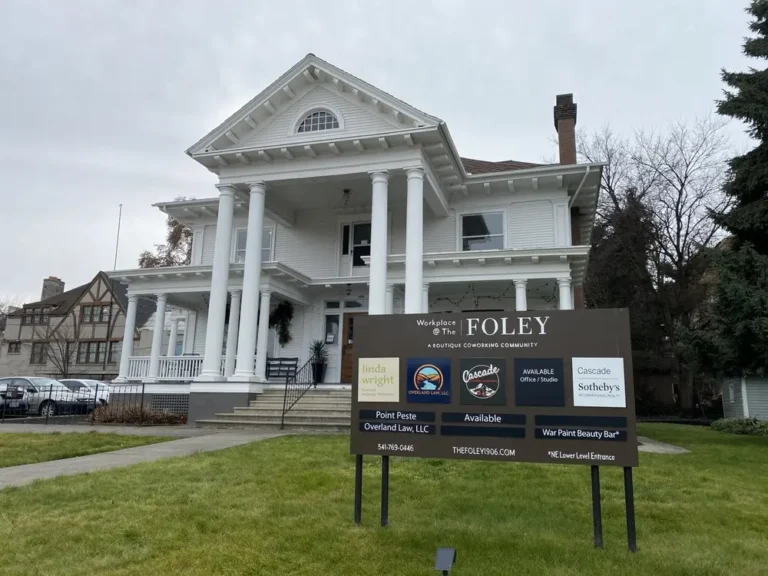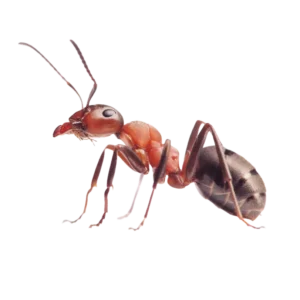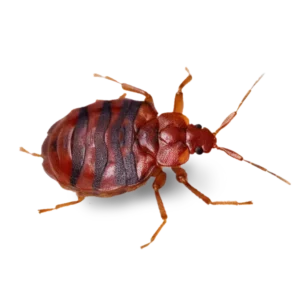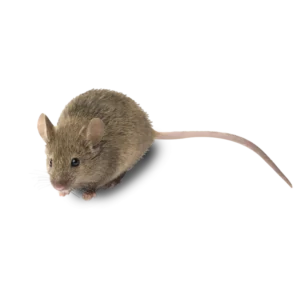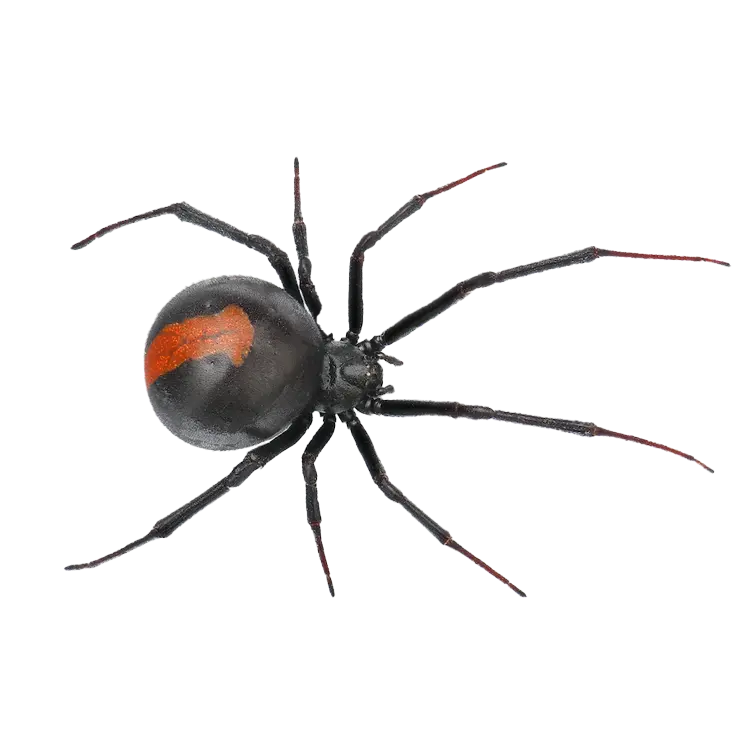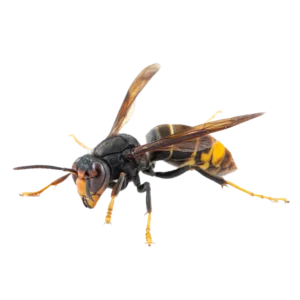Local The Dalles Wasp Control
Wasps may seem like incredibly evil and mean-spirited creatures. They fly around with their giant stingers and frighten both children and adults alike. The ruin outdoor get-togethers and they make you afraid of your own backyard. Luckily, they’re relatively easy to get rid of.
We don’t, however, recommend that you try to remove a wasps’ nest yourself. While you may be able to find wasp-killing sprays at your local Walmart, wasps are notoriously protective of their nests. The moment they sense a threat they will attack the first thing in sight. That is more likely than not to be the guy spraying waspicide at the wasps’ nest.
Pointe Pest Control safely removes wasps’ nests for your home, backyard furniture, shed, deck, garage, or attic. We are specially trained to work in tight spaces and operate on ladders. We have expensive protective clothing that we wear to ensure that we don’t get stung by the wasps. Give us a call or contact us online and we can get rid of that wasps’ nest safely and efficiently.
Common Types of Wasps in the State of Washington
There are three main types of wasps that can be found in the State of Washington. Those are paper wasps, yellowjackets, and bald-faced hornets. The bald-faced hornet is the most aggressive species of wasps while paper wasps are the least aggressive. Yellowjackets are by far the most common wasp you will find in our state.
While aggressiveness can vary depending on species, all wasps will viciously defend their nest if they feel it is under attack. If you have a wasps’ nest near your home you should take care of it quickly. They can harm you, your pets, and your children.
Knowing Your Enemy
Wasps are social predators who can feed on both other insects and the nectar of plants. Unlike their closely related cousins, bees, they don’t really have a helpful purpose. They’re just plain bad. In fact, they feed on bees. One species of wasp can deposit its larvae into beetles. The larvae continue to grow inside the beetle until it bursts and dies. They then feed on what’s left of the beetle. Wasps are frankly terrifying.
Technically speaking, wasps are in the order hymenoptera and the suborder apocrita. Many of the bee stings that are reported to hospitals are actually wasps. Unlike bees, wasps do not leave their stingers behind giving them the ability to sting one unlucky soul over and over again. When they swarm someone who is disturbing their nest, they can be deadly. Some people are also allergic to wasp stings making them especially deadly.
Because wasps are so protective of their nest, it is not a great idea to buy a $10 bottle of waspicide from Walmart and attempt to take them out yourself. Once they feel their nest is disturbed, they will attack.
DIY Methods are Dangerous
When confronted with a wasps’ nest in their backyard, some hardy individuals with go-getting attitudes will attempt to deal with the problem themselves. Popular methods involve striking the wasps’ nest with a baseball bat, using store-bought waspicide, setting the nest on fire, and squirting it with the hose. The results are generally not very good. Each year, about a million people visit the emergency room for non-canine-related stings and bites.
The wasp control experts at Pointe Pest Control are trained specifically in the removal of wasps nests.
What to do If You Get Stung
Wasps stings contain venom which is injected into your skin through the stinger. While you will experience a sharp pain or a burning sensation, most stings heal without incident. You can wash the area with warm water and soap and apply a triple antibiotic ointment to the sting area. Cover it up with a bandaid and take a couple aspirin if need be. In cases where the sting is itchy and irritating, you can apply hydrocortisone or calamine lotion to the area. You can also apply baking soda or colloidal oatmeal.
If the sting becomes infected, then you should seek treatment immediately. In addition, those who have sting allergies may have severe allergic reactions the most severe of which is known as anaphylaxis. They will go into shock very quickly. If they don’t have an EpiPen on them, call 911 immediately. If they do, administer the epinephrine and then call 911.

